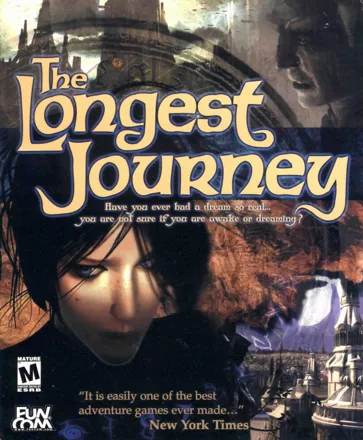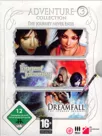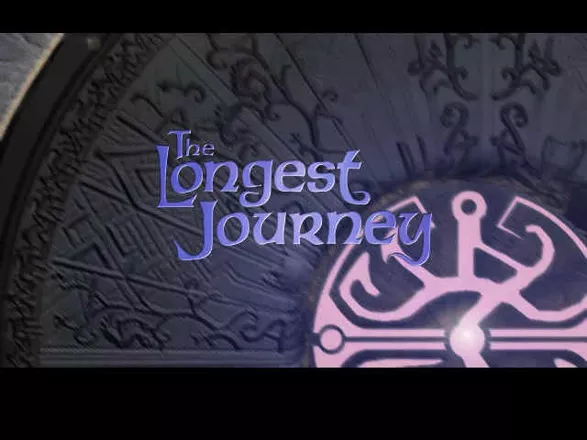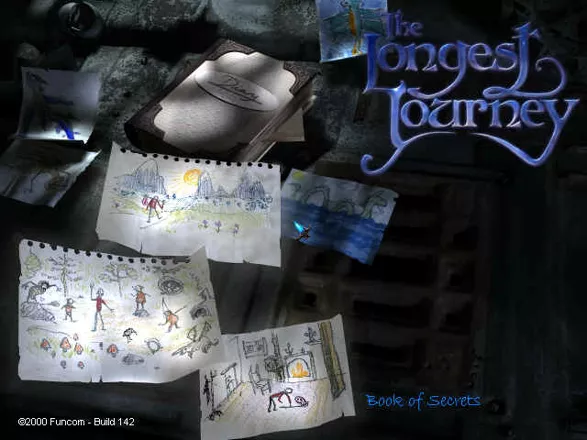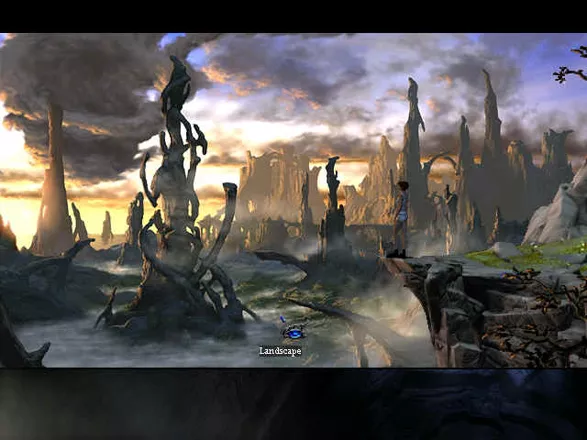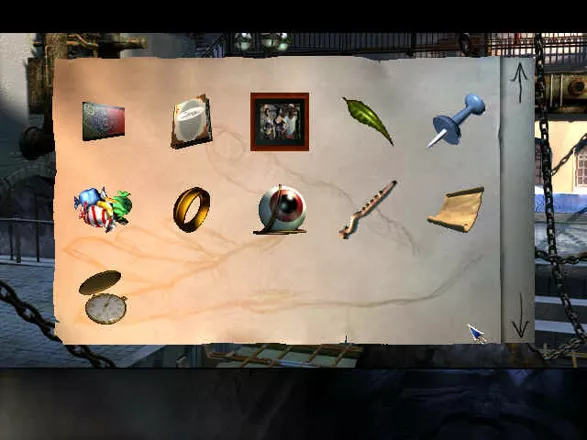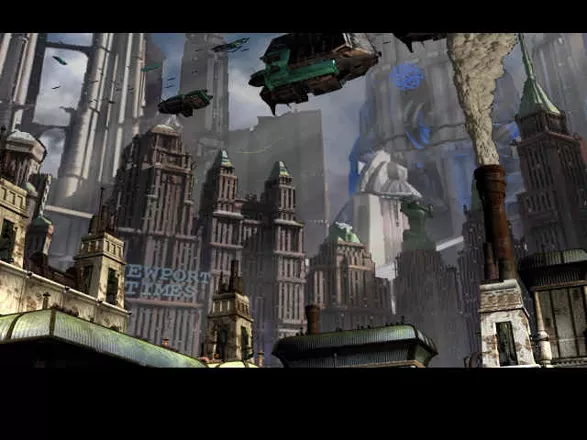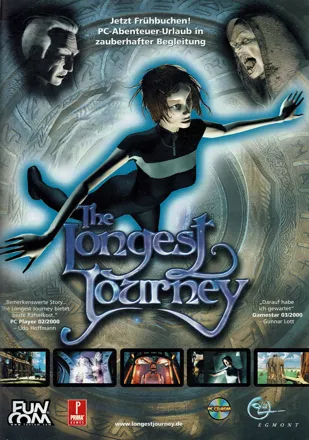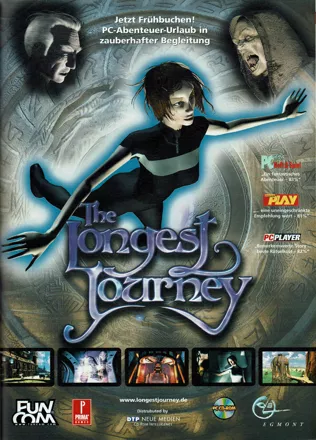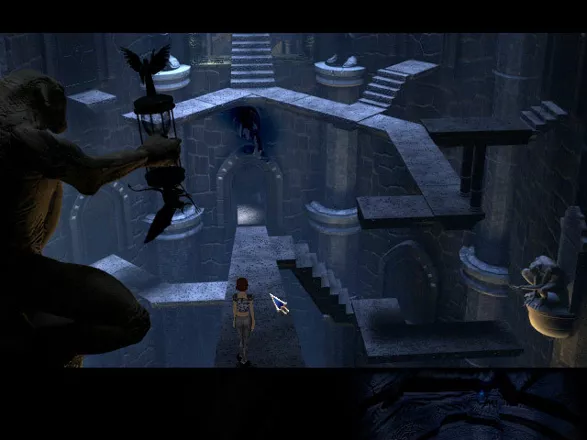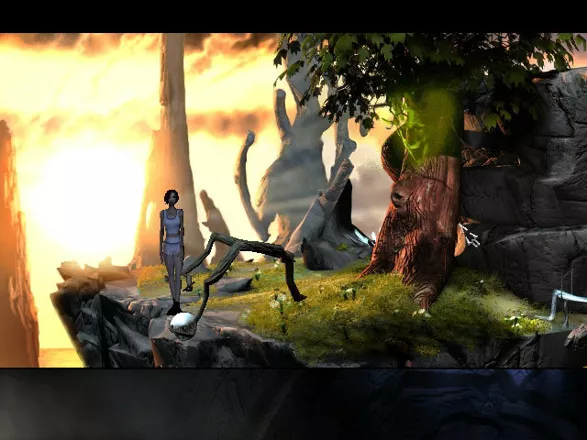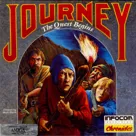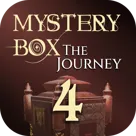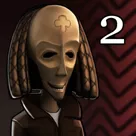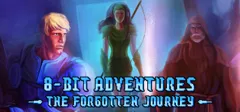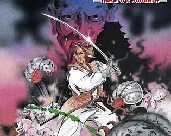The Longest Journey
Description official descriptions
April Ryan is a struggling student artist in the year 2209, recently arrived in the big city of Newport. Lately she has been seeing strange, life-like dreams. Somewhere in the mountains, a mysterious white dragon talks to April, calling her the "mother of the future". When April wakes up, she dismisses the vision as a nightmare. However, an old enigmatic man named Cortez, whom April has spotted near her house before, unexpectedly tells her that she must face the reality in her dreams. Soon April learns that our reality is but one facet of a universe that consists of two parallel worlds: Stark, the world of science and technology, and Arcadia, the world of magic. Though raised in Stark, April possesses the ability of shifting between the two worlds, and must restore the balance in both of them before it is too late.
The Longest Journey is a third-person puzzle-solving adventure game. The player navigates April over pre-rendered backgrounds with fixed camera angles, interacting with people and objects through a simple point-and-click interface. The gameplay follows the traditional template introduced in LucasArts adventures, relying mostly on inventory-based puzzles and multiple-choice dialogues to advance the story. To help keep track of things, the game includes a diary, where April records her thoughts about important events, and a conversation log that records the text of every conversation.
Spellings
- Бесконечное Путешествие - Russian spelling
- 無盡的旅程 - Traditional Chinese spelling
Groups +
Screenshots
Promos
Credits (Windows version)
199 People (193 developers, 6 thanks) · View all
| Producer | |
| Lead Designers | |
| Written By | |
| Art Director | |
| Lead Programmer | |
| Programmers | |
| Installer and Launcher | |
| 3D Studio Max Plug-Ins | |
| Translation Tool | |
| Randy | |
| [ full credits ] | |
Reviews
Critics
Average score: 88% (based on 53 ratings)
Players
Average score: 4.2 out of 5 (based on 221 ratings with 17 reviews)
The Good
Really strong start, April soon starts having strange dreams which begin to manifest themselves in reality; the everyday life of an art student in 2209 Venice gets very strange. The story is good, there's two realms, Stark, a futuristic version of our own and Arcadia, a realm of magic and prophecy.
The game is pretty arty, the lead Character April Ryan is after all an art student, as a result there are detailed and often very beautiful backgrounds. The voice acting is pretty decent, good job for the lead character, and is often very funny. The game has a gritty atmosphere, especially in the futuristic setting, expect plenty of swearing, one character swears nearly every other word, but it's nearly always in character.
I won't go into the story too much, which I think is the games greatest strength, but The Balance, The Guardian, Shifting, Alltounge, the Vanguard and the Sentinels will all become very familiar. A fantastical story is delivered with a realistic edge. There's lots of dialogue, great storytelling, you'll learn about the history of the characters you’ll meet along the way. A few of the people you'll bump into - Brian Westhouse, the whiskey drinking and panama hat wearing chap you meet in Arcadia who's actually from your own world, there's Abnaxus, who exists in all times and places and has terrible trouble with his tenses, your best friends and fellow students from Venice, Charlie and Emma, and the three forest dwelling stick men.
Bar what seemed to be an incomprehensible solution near the beginning the puzzles mostly make good sense.
The Bad
Conversations can drag out a little too long on occasions.
Near the end of the game there's the odd encounter which is very easy to solve and doesn't really seem to fit with the game.
The Bottom Line
A very enjoyable experience, the story and world(s) really drew me in.
Windows · by Jack Lightbeard (2685) · 2007
The Good
Likeable main character, nice art and backgrounds, plenty of interesting dialogue and immersive gameplay.
The puzzles border on the simplicistic but are consistent with the setting and don't feel forced.
The plot is nothing new but moves along smoothly despite being unoriginal.
Streamlined and unobtrusive interface that rarely gets in the way.
Great Introduction and first part, with very high production values.
The Bad
3D characters lack polygons and don't look very great against the 2D backgrounds, especially in close-ups and cutscenes (that are few, blocky and poorly done).
Some of the characters share the same voice actor (that does a poor job of trying to alter his voice) and some sections seem rushed (especially towards the end) with too few locations/things to do.
The final part and ending seem hastily done (like the publishers wanted to get the game out of the door asap).
The Bottom Line
A great addition to the adventure games genre and a very engrossing experience.
Windows · by Paolo Cumin (11) · 2005
If only it were the Never-Ending Journey
The Good
I love practically everything about The Longest Journey. The quest is one as engaging as those of JRR Tolkien. The characters are great, especially your unofficial sidekick/comic relief, Crow, and the chronologically-omnipresent Abnaxus, whose lack of time perception makes conversation interesting. "I will. I did. I invite you to my home...my home was in the Marcuria city green and you will find it in the morning...I am explaining everything and you understood"
The pre-rendered background scenes are beautiful. Arcadia looks like a Yes album cover, and Stark looks like something from Blade Runner. The 3D models of the characters react well to their environment, especially in terms of lighting. The inventory system is the mostly-standard "Big-box-o'-stuff" that most adventure games use, and when you pull an item from it and use it something, the icon of the selected item flashes as you move it over your target to verify that your attempt is valid. This ereases some of the tedium of trying to figure out what item you should be using, and eleminites entirely the annoying "I don't really want to do that." type dialogue that accompanies an incorrect item usage.
The Bad
Several people have said that the dialogue is too lengthy, but the story is one of the pillars on which this game relies, thus long dialogue is an asset. My only gripes are that the ending leaves you wanting more, and the language is a little coarse, with no option for filtering it. The former problem is fairly subjective, as a good story SHOULD make you want more, while the latter is problematic only in that it narrows the playing audience, making it inaccessible to those of more sensitive constitutions.
The Bottom Line
It's not all fantasy, it's not all futuristic, it's not all internal or external struggle, it's all of these things, and even a little more. There's no point at which you really have everything figured out, even if you think you do.
Windows · by MA17 (252) · 2001
Discussion
| Subject | By | Date |
|---|---|---|
| remake? | hvrsd hvrsd (1) | Jul 11, 2007 |
Trivia
1001 Video Games
The Longest Journey appears in the book 1001 Video Games You Must Play Before You Die by General Editor Tony Mott.
April Ryan
The publisher of The Longest Journey, Egmont Interactive, actually tried to turn April Ryan into a pop icon to match Lara Croft. To that end, they cast a real-life model for April -- 23 years old psychology student Katja Koopmann of Bremen, Germany -- and toured the major magazine and newspaper offices with her, dressed up like April and sputtering lines like “I find April sympathetic” with a somewhat forced smile. Once the PR machine runs, even mediocre game sales can’t stop it. On her way to media star, the virtual April next recorded a song -- a dance remix of the 80’s Depeche Mode tune The Balance -- and Katja lend her voice. Egmont spiced April’s image up with exceptionally stupid PR blurb like “I want everything! Above all, I want to show the people of your world something of the life here!” Generally ignored by the public, the song entered the stores on April 14th ‘00, and stayed there. The corresponding video clip was never played on the music channels, the song didn’t appear in the radio shows, and nobody bought the CD.
Dreamweb
The main character's name is April Ryan, just like Ryan in the game Dreamweb, also published by Empire Interactive Entertainment. And the plots of both games have some things in common (the hero who suffers from nightmares and must save a world he/she didn't even know existed in the first place).
References
- A reference to the Monkey Island series: April's pet toy is called Constable Guybrush. And yes, it's a monkey.
- There are lots of references to sci-fi movies and fantasy themes. Most prominent are the references to Brazil, for instance, which takes place on a red tape-clogged insensitive world much like stark. Take a look at the lobby of the Church of Voltec, it's an exact replica of the Information Retrieval building on Brazil. Also the whole repairmen puzzle where they refuse to work on the grounds that it would require a specific form for them to do so is a spoof of the "Central Services" sequence in the movie. They are even dressed in the same way! There are many more, some more subtle than others.
- Want Star Wars references? check out that strange metal ball on the entrance to The Fringe Café. It says "Death Star" click on it and April will spout famous lines related to it, like "Let's blow this thing and go home!" and she even tries to imitate the voices!
Sales
The Longest Journey was originally made only to be released in Scandinavia, but it then grew with the sales to cover Europe and the U.S. By June of 2001, The Longest Journey had sold 250,000 copies worldwide, 90,000 of which were in America.
Version differences
In order to preserve his foreigner condition, Cortez had his nationality changed from Spanish to French and was renamed "Corthez" in the Spanish version.
Voice acting
- The character Marcus, who only appears in the first chapter near the Fringe cafè, and only has two lines, was voiced by Ragnar Tørnquist, the director/lead designer of the game for the English release.
- In the German pre-release demo version, April was voiced by German pop singer T-Seven known from the, at the time, successful Eurodance group Mr. President. In the final game, April was voiced by Stephanie Kindermann.
Awards
- Computer Gaming World
- April 2000 (Issue #201) - Adventure Game of the Year
- Gamespy
- 2000 - Adventure Game of the Year
- PC Gamer
- 2000 - Adventure Game of the Year
Information also contributed by -Chris, Agent 5, jeremy strope, Karthik KANE, kelmer, Stargazer and Zovni
Analytics
Related Sites +
-
Hints for The Longest Journey
Adventurers will appreciate these hints. They let you solve the game yourself without spoiling it for you. -
Interview with Ragnar Tornquist
Randy Sluganski talks with Mr. Tornquist about The Longest Journey and its upcoming sequel. -
TLJwiki
A wiki covering the The Longest Journey series. -
The Divide .org - Powered by The Longest Journey Fans
Fansite dedicated to The Longest Journey, an awesome PC adventure game produced by Funcom. Features fan fictions, fan arts, wallpapers, downloads, news, polls, and discussion board. -
Zarf's Review
A review of The Longest Journey by Andrew Plotkin (December, 2002).
Identifiers +
Contribute
Are you familiar with this game? Help document and preserve this entry in video game history! If your contribution is approved, you will earn points and be credited as a contributor.
Contributors to this Entry
Game added by andyhat.
iPhone, iPad added by MrMamen.
Additional contributors: n-n, Robin Lionheart, curacao, Jeanne, JRK, Dec Ryan, Kabushi, Stratege, Zeppin, Laverne, Paulus18950, Patrick Bregger, MrMamen, FatherJack.
Game added May 14, 2000. Last modified March 14, 2025.


